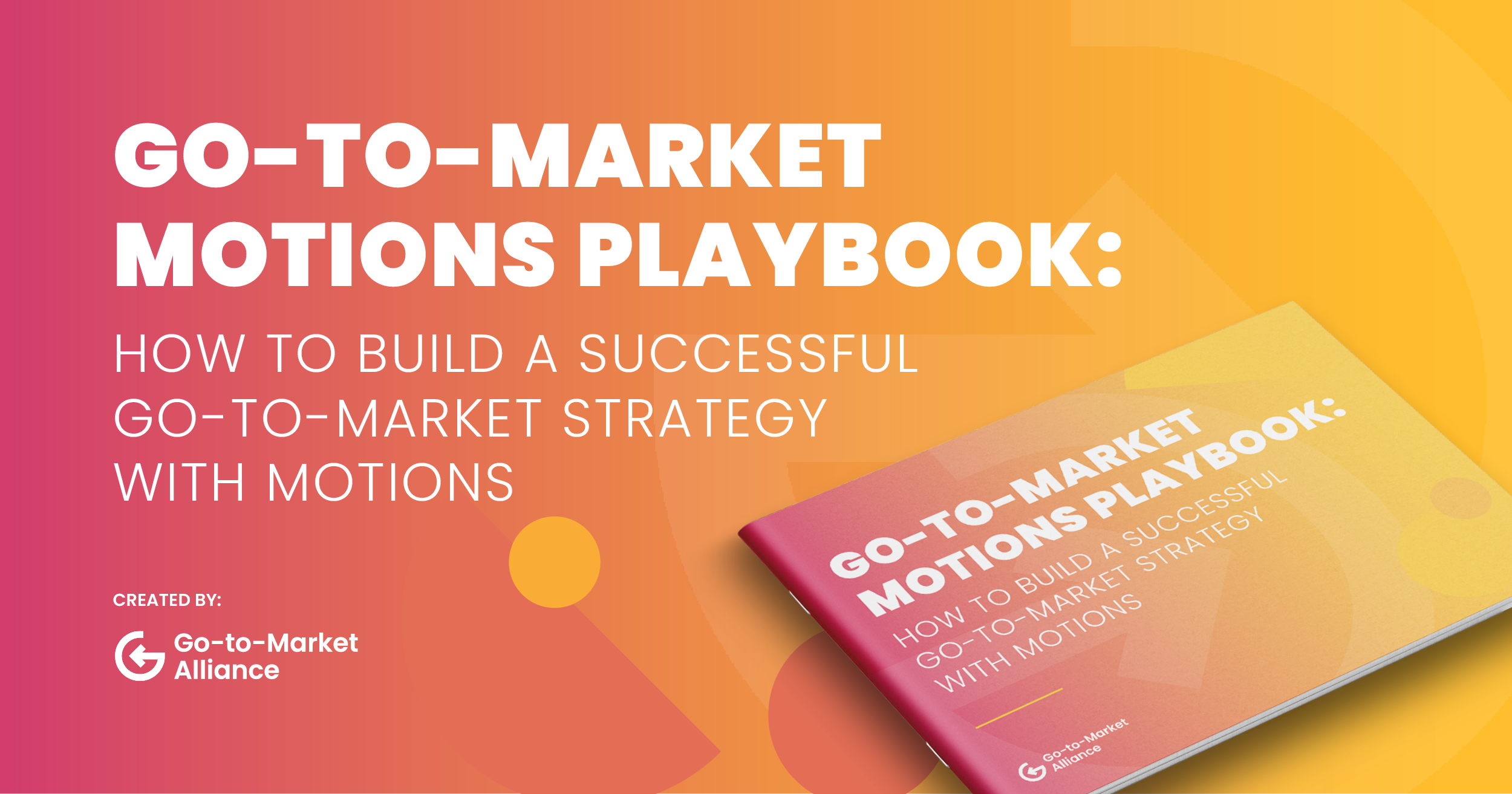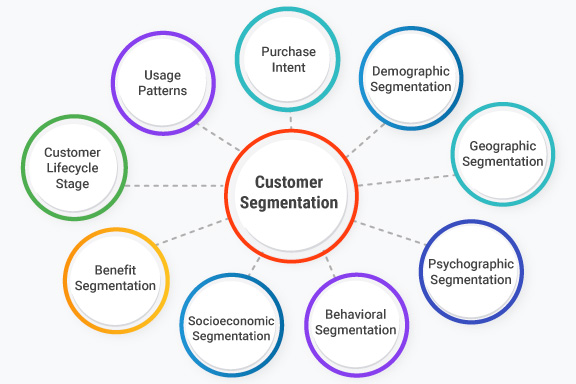Tactical Go-to-Market 101: How to Go From 0 to 1
For product people, go-to-market can seem like a bit of a mystery. But really, go-to-market is comprised of 7 motions. And here’s the good news: all 7 of these motions are learnable. In today’s guide, we’re going to present a super tactical ‘how to’ for the key tools you need to implement each Go-To-Market motion. Think: product screenshots and examples of what actually works, so you can master each tool.

To do such a tactical startup guide for B2B go-to-market, I had to go to the expert. Maja is the best-selling author of the GTM strategist book and newsletter, as well as an advisor to companies on GTM. If there’s anyone you want to learn this topic from, it’s Maja. Maja will also be doing a special 1-hour AMA for the post in our Slack community on 5/31 at 3pm cest/ 9am est.
A Primer on Go-to-Market Motions
The motions of today’s top growers. How to know which to prioritize. How to scale your team. PLG is eating the world, but it's not everything. Over 80% of the hottest companies use PLG as a primary or major supporting motion. But multi-channel is a must, with most leveraging at least 3 other motions to drive growth.

Each GTM motion has its own playbook. From driving virality with your product to hyper-personalized ABM campaigns, there are proven tactics to master.
Strategies for Different Customer Segments
If you're selling to consumers or prosumers, lean into PLG, community, and partnerships early on. Layer in paid marketing as you find product-market fit and have budget to scale. If you're selling to SMBs, blend inbound and outbound motions to build awareness and relationships.

Paid digital can accelerate pipeline generation as you dial in your ICP. If you're selling to enterprises, focus on targeted ABM and partner ecosystems. Inbound is great for air cover, but outbound is crucial for landing large accounts. If you have a complex or technical product, make sure you have developer docs, free tooling, and community support from day one.
Developing Your Go-To-Market Strategy
Now that you’re well-versed in how the best do it… How should YOU do it? Maja has helped 100s of companies decide. Let’s break it down. It’s not rocket science: you want to go where your customers go to make their purchasing decisions.
The big thing everyone gets wrong with this step is they too broadly define their customers. You want to ask questions like: How did you purchase this category of software last time? And what did you found looking there? Did you look elsewhere? Focus on the facts of how they made their last decision. And narrow the subset of GTM motions you’re focused on to those that can influence that.

It’s also very effective to message former employees on LinkedIn, and find interviews of the founders. Between the data and qualitative conversations, you should be able to build a map similar to the one we built in 1.1, but for your market. Now that you understand where customers might go, and how competitors are taking advantage of that, it’s time to look inwards. What are you and your team good at? What channels can you conceivably do well at?
Prioritizing Your Channels
It’s worth getting analytical, even at small volumes: What worked? Double down on it. What didn’t? Change to a different strategy. These GTM motions are very rich and deep. Stick with the channels for a few months and try a few different strategies. Read on for the step-by-step guides to go 0 to 1 on each of these channels.
Subscribe to Product Growth to keep reading this post and get 7 days of free access to the full post archives.




















